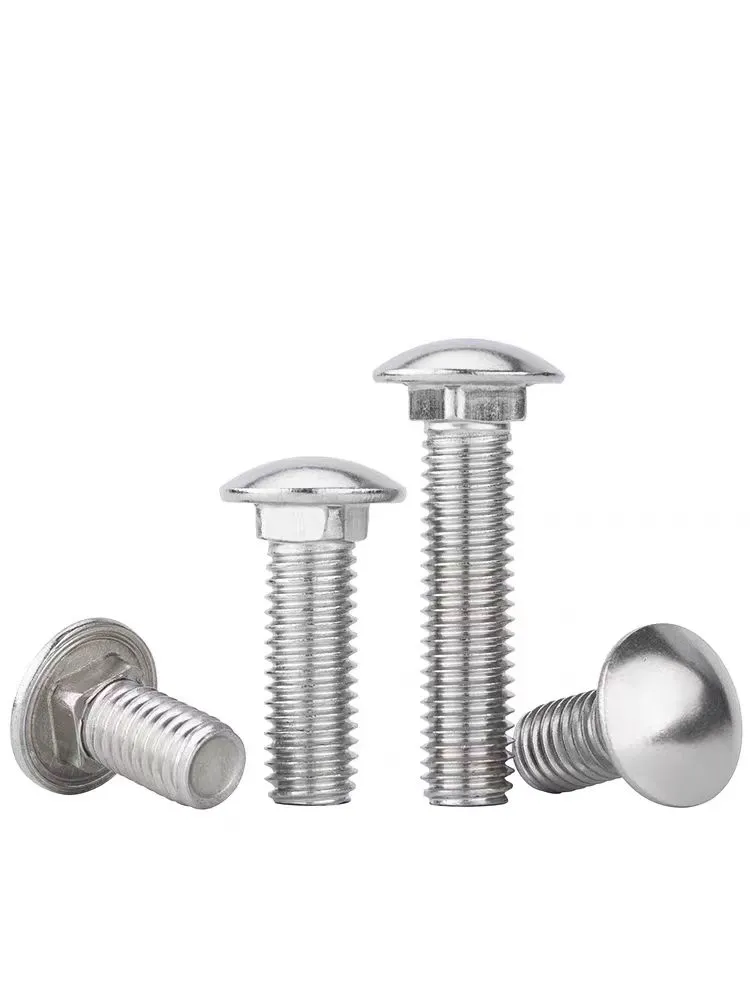

Understanding the Uses and Benefits of Hexagonal Plain Nuts in Fastening Solutions
Nov . 29, 2024 19:14 Back to list
Understanding the Uses and Benefits of Hexagonal Plain Nuts in Fastening Solutions
Understanding the Hexagonal Plain Nut A Comprehensive Overview
In the world of fasteners and mechanical components, the hexagonal plain nut occupies a crucial role. Known for its versatility and reliability, this simple yet essential component is widely used in various applications, ranging from construction and machinery to automotive and aerospace industries. In this article, we will delve into the design, characteristics, applications, and advantages of the hexagonal plain nut.
What is a Hexagonal Plain Nut?
A hexagonal plain nut is a type of fastener characterized by its hexagonal shape, enabling it to be easily tightened or loosened using standard tools such as wrenches or pliers. Typically made from materials such as steel, stainless steel, brass, or nylon, these nuts are designed to mate with a corresponding bolt or screw, providing a secure fastening solution.
The term plain distinguishes these nuts from other varieties, such as lock nuts or nylon insert nuts, which are designed to prevent loosening under conditions of vibration or torque. Despite this lack of advanced locking mechanisms, hexagonal plain nuts are favored for their strength and adaptability, making them a staple in many assembly processes.
Design and Specifications
Hexagonal plain nuts are designed to conform to various industry standards, such as ANSI, ISO, DIN, and ASTM. The size of a hexagonal nut is defined by its nominal diameter and pitch, with common sizes ranging from M2 to M30 and larger sizes available for specific applications. The dimensions of a nut are standardized to ensure compatibility with corresponding bolts.
Beyond size, hex nuts come with different grades, which denote their strength and load-carrying capabilities. Higher-grade nuts typically feature enhanced tensile strength and resistance to deformation, making them suitable for use in high-stress applications.
Applications
The versatility of hexagonal plain nuts allows them to be employed in a wide range of applications. Some common uses include
1. Construction Hex nuts are extensively used in the assembly of structural components, supporting beams, and columns. Their ability to secure joints effectively makes them indispensable in building frameworks.
hexagonal plain nut

3. Automotive The automotive industry relies on hex nuts for securing engine parts, chassis components, and suspension systems, wherein reliability is paramount for safety and performance.
4. Aerospace Given the stringent safety requirements of the aerospace sector, hexagonal plain nuts are used in various aircraft systems, contributing to the overall integrity and performance of aircraft parts.
Advantages of Hexagonal Plain Nuts
Several advantages contribute to the popularity of hexagonal plain nuts across various industries
1. Ease of Use Their hexagonal shape allows for easy tightening and loosening with standard tools, making installation and maintenance straightforward.
2. Strength and Durability Made from high-quality materials, hex nuts boast impressive strength, enabling them to withstand substantial loads and stresses.
3. Versatility These nuts can be used in conjunction with a wide array of bolts and screws, making them suitable for diverse applications across different sectors.
4. Cost-Effectiveness Hexagonal plain nuts are generally low-cost components, contributing to the overall affordability of mechanical assemblies.
5. Standardization With numerous industry standards governing their design, hexagonal plain nuts are readily available and interchangeable, simplifying procurement and inventory management.
Conclusion
In conclusion, the hexagonal plain nut is an essential component that underpins many mechanical systems across various industries. Its simple design belies its importance, offering reliability, strength, and versatility that make it a favored choice for engineers and builders alike. Whether in construction, machinery, automotive, or aerospace, hexagonal plain nuts continue to play a significant role in ensuring that structures and machines operate safely and efficiently. As technology advances, the ongoing evolution of materials and design standards will likely enhance the performance and applicability of this enduring fastener.
Latest news
-
Hot Dip Galvanized Bolts-About LongZe|High Strength, Corrosion Resistance
NewsJul.30,2025
-
High-Strength Hot Dip Galvanized Bolts - Hebei Longze | Corrosion Resistance, Customization
NewsJul.30,2025
-
Hot Dip Galvanized Bolts-Hebei Longze|Corrosion Resistance&High Strength
NewsJul.30,2025
-
High-Strength Hot-Dip Galvanized Bolts-Hebei Longze|Corrosion Resistance&High Strength
NewsJul.30,2025
-
Hot Dip Galvanized Bolts-Hebei Longze|Corrosion Resistance&High Strength
NewsJul.30,2025
-
Hot Dip Galvanized Bolts - Hebei Longze | Corrosion Resistance, High Strength
NewsJul.30,2025

